We don’t believe in tests to choose ‘the best sports car’ or ‘the best car for road tripping’ (unlike ‘the greatest sports car‘ however). Fact is, we love the Alpine A110. Three days of driving the agile and super fast French sports car with tons of history in its genes proves it ticks every box serious drivers can come up with. Before explaining, lets dive into the history of Alpine, the A110 and have a look at their brilliant comeback.

Founder
As will become clear there are quite some similarities between Alpine and Lotus. Both marques were founded post war by automotive pioneers who both were pilots who believed in light weight cars with great road handling rather than horsepower.
Alpine was founded in 1954 by Jean Rédélé. Jean was the son of a garage proprietor in Dieppe (Normandy) where he was born and raised. He became the youngest Renault dealer in France. He started rallying in 1950 in a Renault 4CV and was very succesful with it. So much so that he achieved first place in his category in the Mille Miglia of 1952 (together with Louis Pons), and second place overall in the French Rally of 1954. In the Alps he celebrated his greatest rally victories though. His 1954 Coupe des Alpes win was memorable.
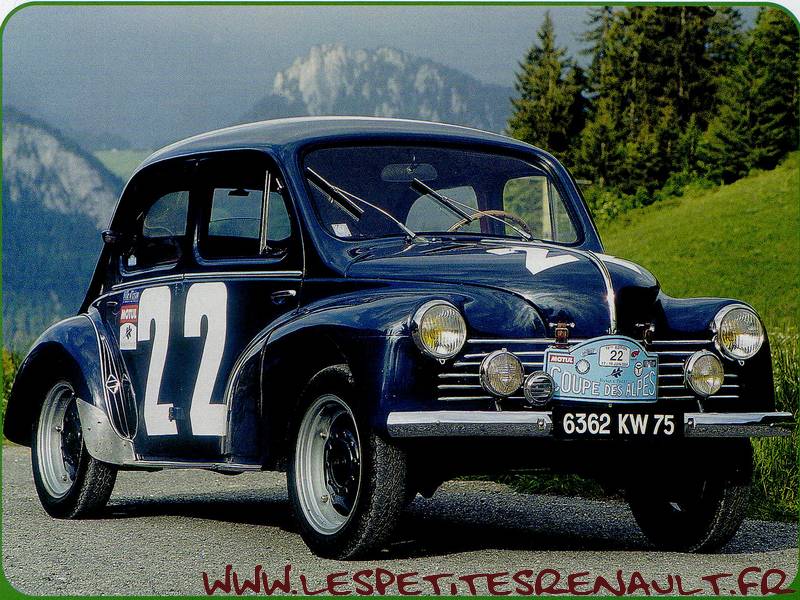
First born
It was that memorable for Jean Rédélé, that he decided to call the car brand he created ‘Alpine’. A gentleman driver, Rédelé was no engineer (in which the comparison with Lotus’ Colin Chapman is flawed), yet he combined down-to-earth common sense with uncanny flair and an ability to communicate his vision to his collaborators. Alpine personnel of the day vividly remember ‘Monsieur Jean’, the man who had stars in his eyes.

It was his dream to build a small French sports car and he figured that technically the 4CV was a good base for that. It was too heavy though. Rédelé came in contact with the Chappe brothers, coach builders from Saint-Maur who had some experience in using polyester for bodies in stead of sheet metal. This lead to the first Alpine sports car, the A106, which was a reference to the homologation numbers of the Renault 4CV on which it was almost entirely based under its skin.
The A106 was first in line of a light-weight series glass-fibre bodied, rear-engined two-door coupés. It achieved a number of successes through the 1950s, for instance in the Mille Miglia for which it was built in the first place, and was joined by a low and stylish cabriolet.
Styling for this car was done by the Italian designer Giovanni Michelotti. Under its glassfibre body was a very stiff chassis based on a central tubular backbone which was to be the hallmark of all Alpines.
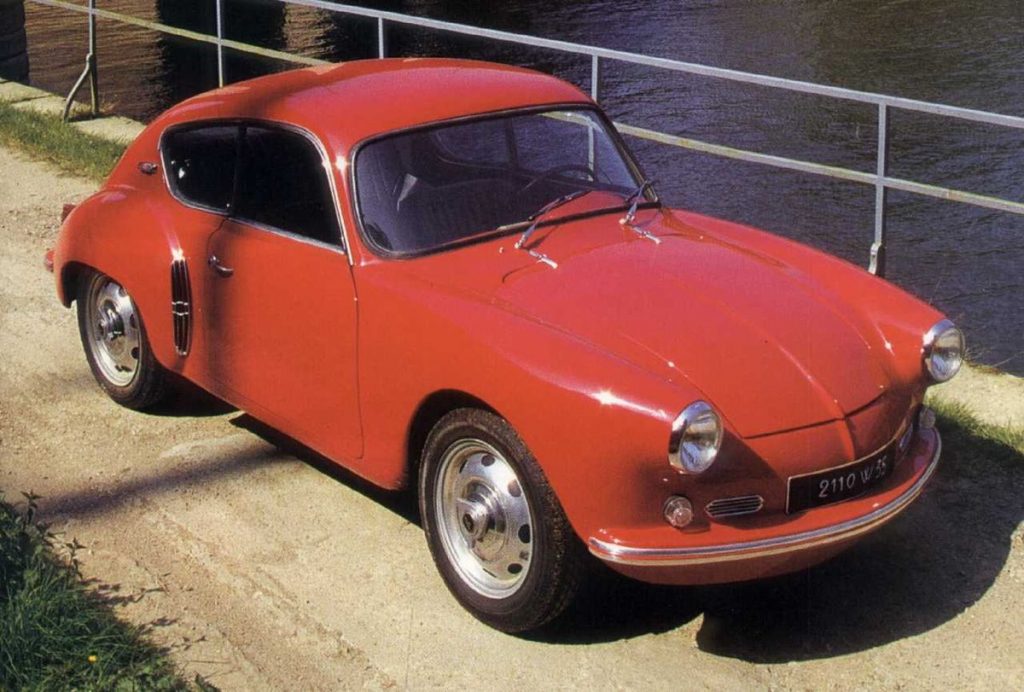
The cabriolet model was developed to a 2+2 berlinette which was named A108. But after some years these models began to show their age. A new Apine was developed and presented in 1962.
A110
This new car was the A110 Berlinette Tour de France, named after a successful run with the Alpine A108 in the 1962 Tour de France event. Starting with a 956 cc engine of 51 bhp (38 kW), the same chassis and body developed with relatively minor changes over the years to the stage where, by 1974, the little cars were handling 1800 cc engines developing 180 bhp (134 kW)+. With a competition weight for the car of around 620 kg, the performance was excellent.
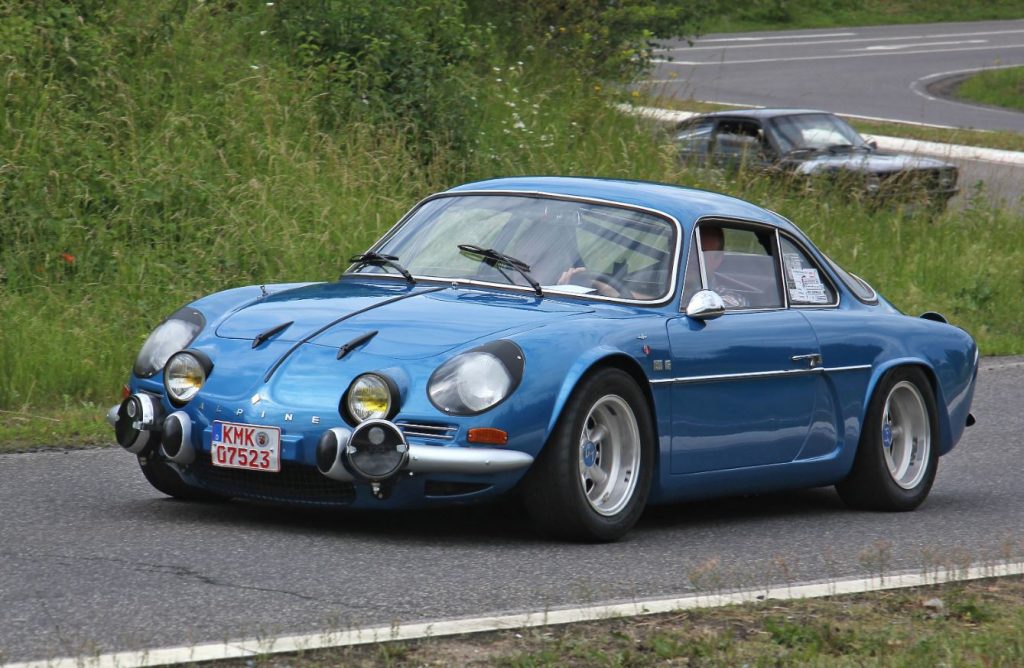
Alpine achieved increasing success in rallying, and by 1968 the Renault competition budget had been fully allocated to Alpine. The close collaboration allowed Alpines to be sold and maintained in France by normal Renault dealerships. In 1971, Alpines finished first, second and fourth in the Monte Carlo rally, using cars with engines derived from the Renault 16. In 1973, the newer A110 1800 finished first, second, third, and fifth and went on to win the World Rally Championship outright, beating Porsche, Lancia and Ford.
80s and 90s
Although not many different models were built, Alpine managed to survive the 70s, with help from Renault and the successes in rallying. After that era a new sports car was built: the A310. This was the modern interpretation of the A110. The Alpine A310 was a sports car with a rear-mounted engine and was initially powered by a four-cylinder 1.6 L sourced Renault 17 TS/Gordini engine. After the A310 Alpine built the new Alpine GTA range, which was produced from plastic and polyester components, commencing with normally aspirated PRV V6 engines. In 1985 the V6 turbo was introduced to complete the range. Its successor, the Alpine A610, was launched in 1991. It was re-styled inside and out but was still recognisable as a GTA derivative.
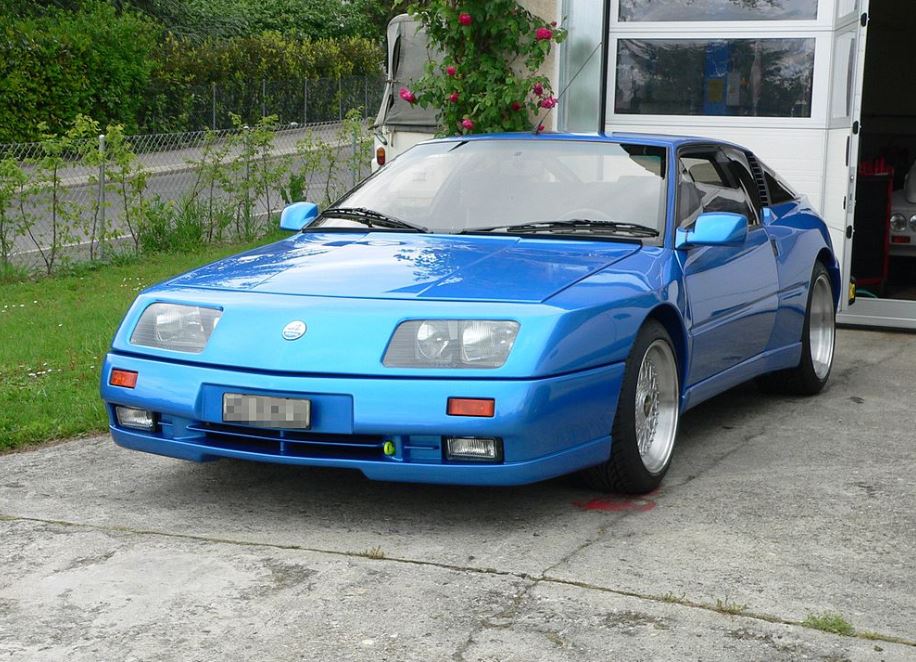
Between 1989 and 1995, a new Alpine named the A710 “Berlinette 2”, was designed and two prototypes were built. Due to the cost of the project (600 million francs), and as adding modern equipment and interior would compromise the price and performances, the project was cancelled. Renault pulled the plug on the marque. The last Alpine, an A610, rolled off the Dieppe line on 7 April 1995.
And then, magic: the new born A110
In February 2016, at an event held in Monte Carlo, Groupe Renault’s chief Carlos Ghosn unveiled the Alpine Vision showcar (a model close to the planned new production Alpine) and announced a 2017 relaunch for the Alpine marque. Both in name and design, the new A110 harkens back to the original Alpine A110 produced from 1961 to 1977.

Based on an all-aluminium construction, the A110 is powered by a 1.8-litre turbocharged gasoline direct injection 4 valves per cylinder inline-four engine mated to 7-speed dual clutch automatic transmission manufactured by Getrag. Developed by Renault–Nissan and reworked by Alpine engineers, the engine has an output of 252 PS (185 kW; 249 hp) at 6,000 rpm and 320 N⋅m (236 lb⋅ft) of torque at 2,000–5,000 rpm. According to Alpine, the A110 can accelerate from 0 to 100 km/h (0 to 62 mph) in 4.5 seconds, and has an electronically limited top speed of 250 km/h (155 mph). In 2019 the A110S was introduced as a more powerful / less weight option for buyers who were looking for an even faster and stiffer sports car.
The seats have been paid special attention to; besides looking awesome they offer great comfort and support while cornering sharp. The engine picks up quickly after a little bit of turbo lag and especially in ‘sport’ mode the smile on your face won’t disappear for a second. The engineers have succeeded in designing a nimble, agile sports car which is all about fun. The digital dash is not our cup of tea though – we like retro all the way, also in the dials. But that’s the only, very subjective, improvement we can come up with.
We really can’t think of a sports car that looks better and is better reviewed than the Alpine A110. Although a sports car, it has GT capabilities, it is one of the best cars out there for road tripping and it’s also perfectly useful for every day life. In its class it’s top of the bill.
We had our share of fun with the white ‘S’, after three days it was hard to say au revoir to our cher ami. Love at first sight can last forever.

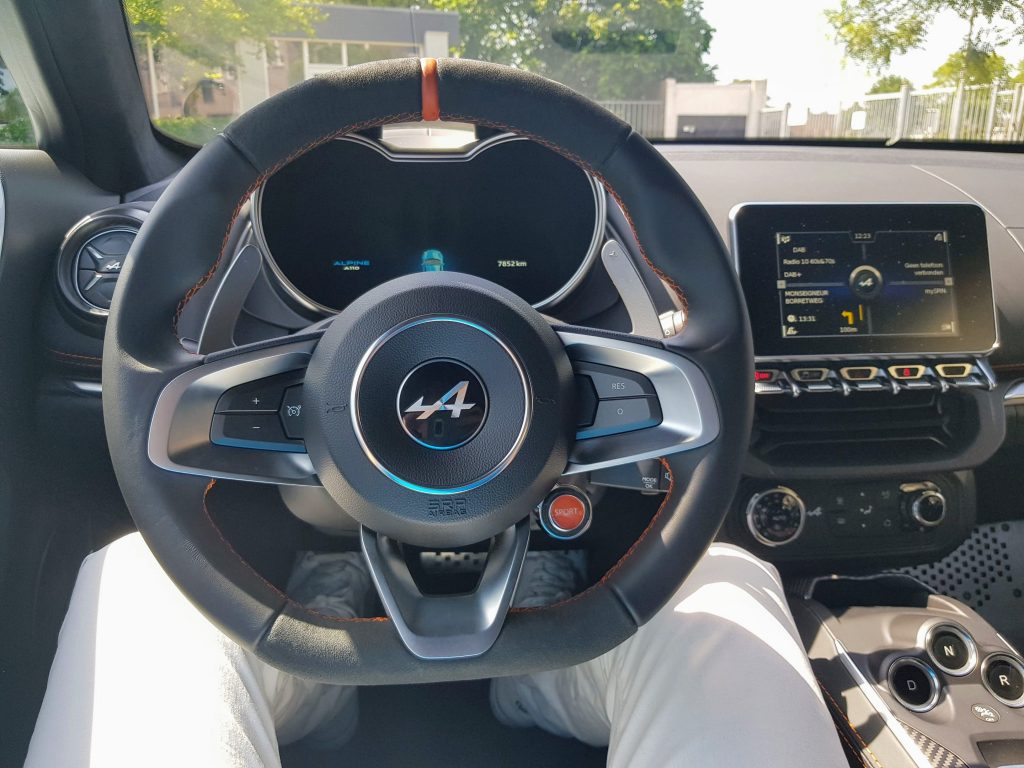
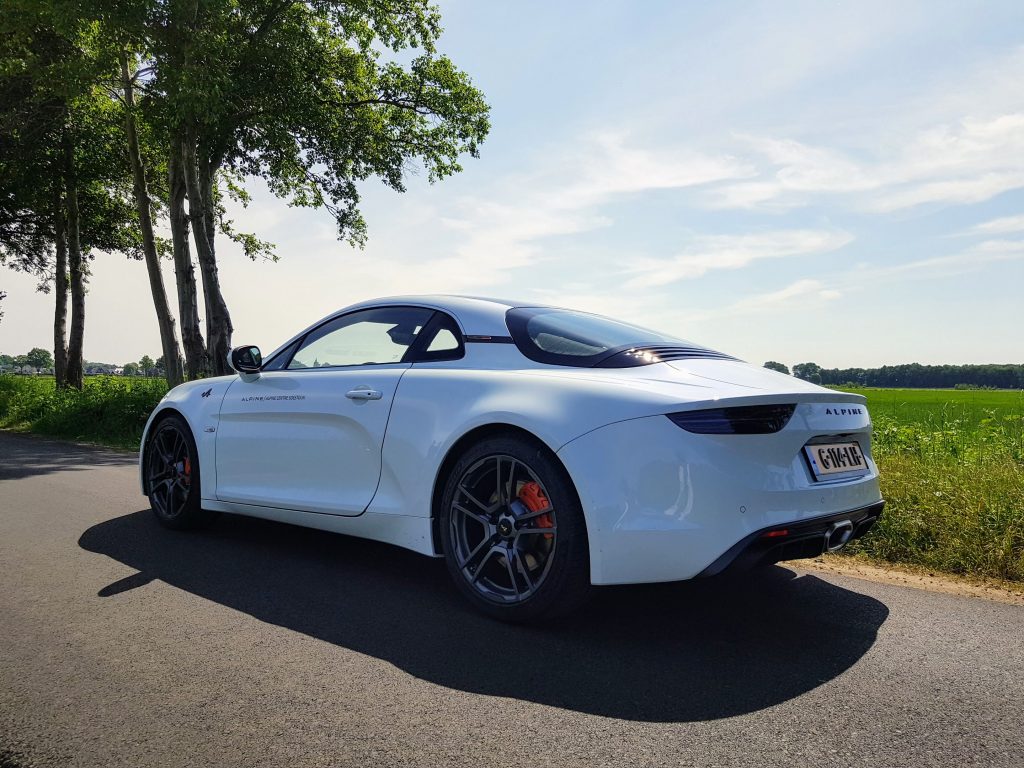

This post is based on Wikipedia (1, 2, 3, 4) and Alpine Cars.

No responses yet